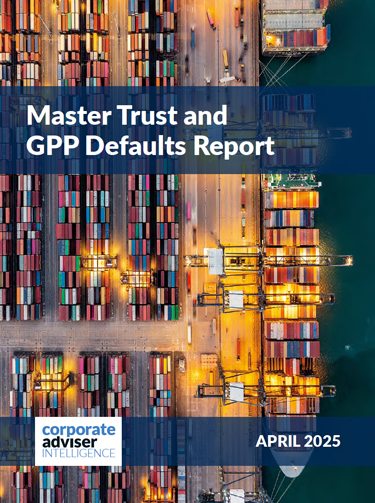TO DOWNLOAD A PDF OF THE ROUNDTABLE SUPPLEMENT CLICK HERE
It seems that by 2030 we will have fewer, larger pension providers, constantly assessed to ensure they are providing value for money, and some of them acting as consolidators for small pension pots. There will be a greater focus on domestic investment, alongside private markets. Digital access and connectivity will be available through pensions dashboards, and more meaningful help available in the form of ‘targeted support.’
That appears to be the vision.
Another way of looking at it is that we have a collection of projects that now need to be brought together under a programme of work, one which acknowledges the interdependence of the others, with a roadmap that sets out the sequencing for delivery.
For example, there are questions about the compatibility of the Value for Money framework, focused primarily on short-term investment performance, charges and service levels. While each of these elements is clearly important, it is a little less clear how compatible they are with a focus on investment in long-term illiquid assets, whether that be for economic growth, mitigating climate change, or indeed both.
The idea of having ‘default consolidators’ for small pots has some merit, but this is perhaps more simply an extension of the criteria for acting as a scale provider in the future.
And indeed, we have yet to fully understand the development roadmap for pensions dashboards, and whether that will bring the functionality to allow consolidation to happen naturally. Perhaps we’ll see much higher levels of engagement from the next generation of savers, who may be more inclined to take control of their retirement savings, actively seeking to bring pension pots together.
Notably missing from this list is the implementation of the changes proposed in the 2017 review of automatic enrolment. While the impact may be minimal for higher earners, or those in more generous workplace pensions, bringing the age down to 18 and calculating contributions from the first pound of earnings is a very significant change for younger, lower earners.
And that of course leads to the wider point about the adequacy of savings levels, which is probably the single most significant area of change in terms of retirement outcomes. The combination of the current economic challenges, allied with some difficult cost increases already underway for employers, looks set to leave this firmly in the long grass for now. However, we’ll need to face into this at some point if we are to avert the worst effects of dealing with an under-saved and increasingly large, retired population in future.
Targeted support may well go some way to bridging the advice gap, providing constructive answers to people’s questions, rather than simply a list of warnings about the dangers of poor decision-making. Delivered well, it could lead to greater demand for advice over the long-term, particularly as people approach retirement with large pension pots, trying to navigate the income conversion conundrum.
Finally, we need to consider the role of AI in all of this.
At a basic level, it could enhance almost every aspect of the pensions ecosystem, creating efficiencies and innovative platforms for interaction. But the rise and rise of agentic AI allows for more imaginative thoughts. What if everyone could have their own AI agent, acting 24 hours a day, 365 days a year, monitoring your finances and making suggestions along the way. Even for those people fortunate enough to have an adviser, you could see how AI would augment the face-to-face interactions between client and adviser, mitigating risk and seeking out opportunity, while learning and improving all the time. The possibilities feel limitless.
But back to basics for now – we need a plan for pensions.





